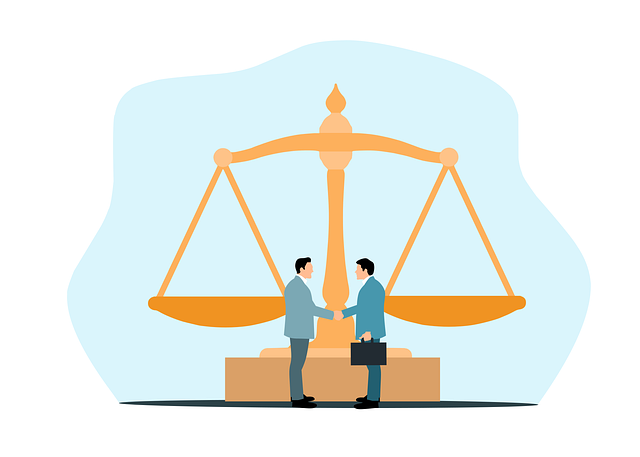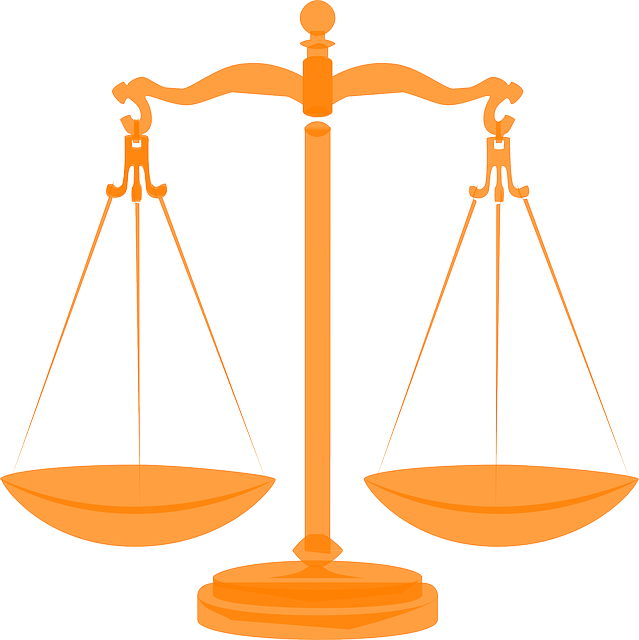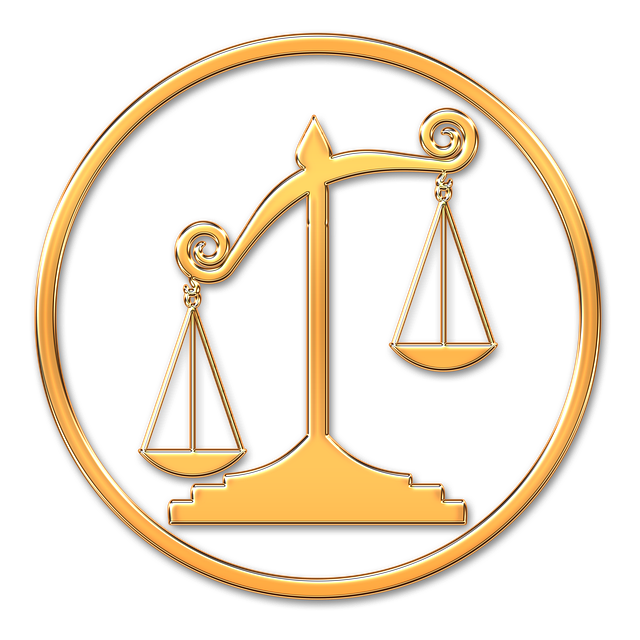In today's complex industrial landscape, third-party workplace claims are on the rise. Historically employer-employee disputes, modern industries involve contractors and subcontractors, leading to increased liability for businesses as courts hold employers more accountable for workplace injuries. To adapt, companies must implement robust safety programs, training, incident handling protocols, internal investigations, and transparent communication with employees about rights and responsibilities. Additionally, exploring insurance options covering third-party claims is crucial to mitigate financial exposure from these evolving legal trends.
“The evolution of third-party workplace claims has undeniably reshaped injury lawsuits, marking a significant turning point in legal landscapes. This article delves into the historical rise of these claims and their profound impact on how injuries sustained at work are addressed. We explore the transformation from traditional liability to a more complex web of responsibilities, considering employer, contractor, and supplier roles. Furthermore, we anticipate future implications and offer best practices for businesses navigating this evolving legal terrain.”
- The Rise of Third-Party Workplace Claims: A Historical Perspective
- Impact on Injury Lawsuits: Transforming the Legal Landscape
- Future Implications and Best Practices for Businesses
The Rise of Third-Party Workplace Claims: A Historical Perspective

In the historical landscape of workplace injuries, the concept of third-party claims has emerged as a significant shift in legal dynamics. Traditionally, personal injury cases stemming from work-related incidents primarily involved direct disputes between employees and their employers. However, with the increasing complexity of modern industries and the rise of diverse liability networks, a new player entered the scene: the third party. This evolution has had profound implications for how workplace injuries are litigated and compensated.
The surge in third-party workplace claims can be attributed to the expanding roles of contractors, subcontractors, and other external entities within the workplace ecosystem. As businesses sought efficiency and cost savings, they increasingly relied on these third parties to perform specialized tasks. Unfortunately, this outsourcing also led to situations where individuals suffered auto accident injuries or other types of personal harm due to negligence by these third-party vendors. Consequently, victims started turning to personal injury attorneys and car accident attorneys to seek justice and fair compensation for their sustained damages, holding not only the employer but also these third parties accountable.
Impact on Injury Lawsuits: Transforming the Legal Landscape
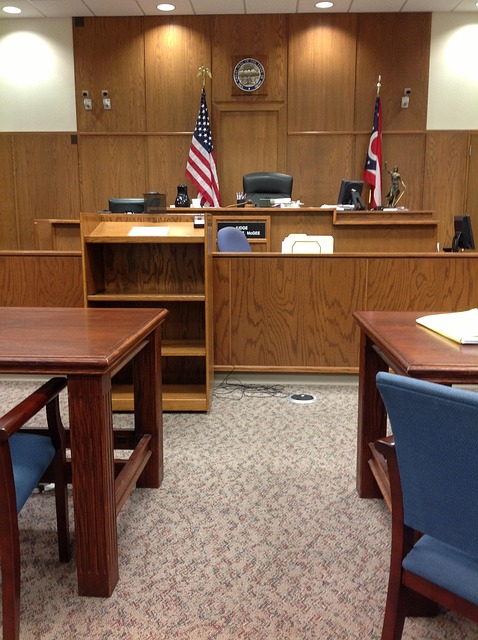
The introduction of third-party workplace claims has had a profound impact on injury lawsuits, reshaping the legal landscape and opening new avenues for justice. This shift empowered individuals to seek compensation from entities other than their direct employers, particularly in cases involving product liability or auto accident injuries. As a result, many victims who previously faced limited options now have the ability to hold accountable those responsible for their harm, be it a manufacturer or another party linked to the incident.
This transformation has not only expanded the reach of legal recourse but also encouraged a more comprehensive approach to personal injury cases. With third-party claims, car accident lawyers can explore diverse liability streams, ensuring that clients receive fair compensation for auto accident injuries. This evolution in the legal system reflects a growing understanding of the multifaceted nature of workplace and public safety, fostering a culture where accountability is paramount.
Future Implications and Best Practices for Businesses
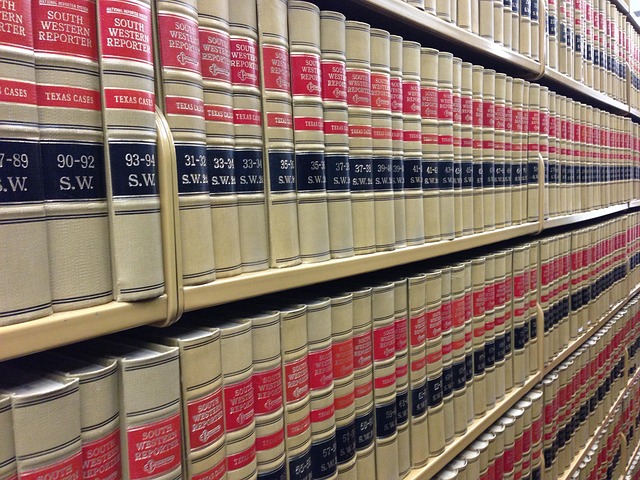
As legal landscapes evolve to accommodate third-party workplace claim cases, businesses must anticipate and adapt to future implications. One key implication is the potential for expanded liability, as courts increasingly recognize the role of employers in preventing or mitigating workplace injuries. This shift requires proactive risk management strategies. Businesses should implement comprehensive safety programs, regular training sessions, and clear protocol for handling on-site incidents to fortify defenses against such claims.
Moreover, establishing robust internal processes for investigating and documenting accidents can significantly aid in resolving disputes efficiently. Proactive communication with employees regarding their rights and responsibilities under relevant laws, such as those governing product liability or contract disputes stemming from workplace injuries, is also essential. Businesses should further explore insurance options that specifically cover third-party claims to safeguard against financial exposure resulting from these evolving legal trends.
The evolution of third-party workplace claims has undeniably reshaped the legal arena surrounding injury lawsuits. This historical shift has not only simplified the process for victims but also prompted businesses to adopt more responsible safety measures. As we look towards the future, understanding and proactively managing these claims will be key for organizations to mitigate risks and ensure a safer working environment. By learning from past experiences and implementing best practices, businesses can navigate this new legal landscape effectively.
